Splitting water with light via photocatalysis to create hydrogen could help reach net zero emission goals if the process can be scaled up.


Splitting water with light via photocatalysis to create hydrogen could help reach net zero emission goals if the process can be scaled up.
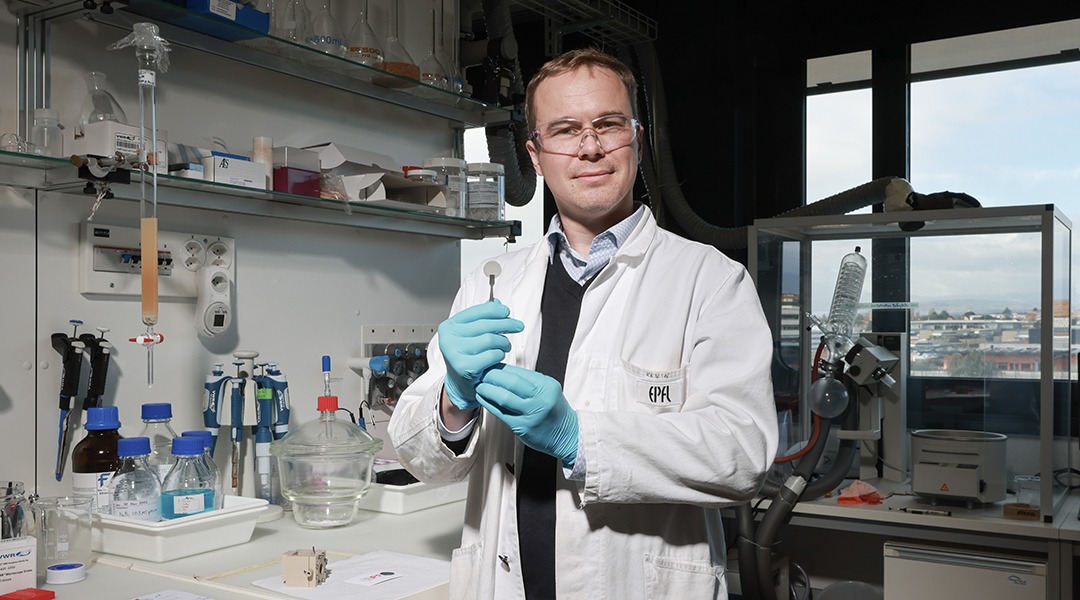
Taking inspiration from plants, researchers demonstrate a proof-of-concept device that extracts hydrogen fuel from humidity using sunlight.
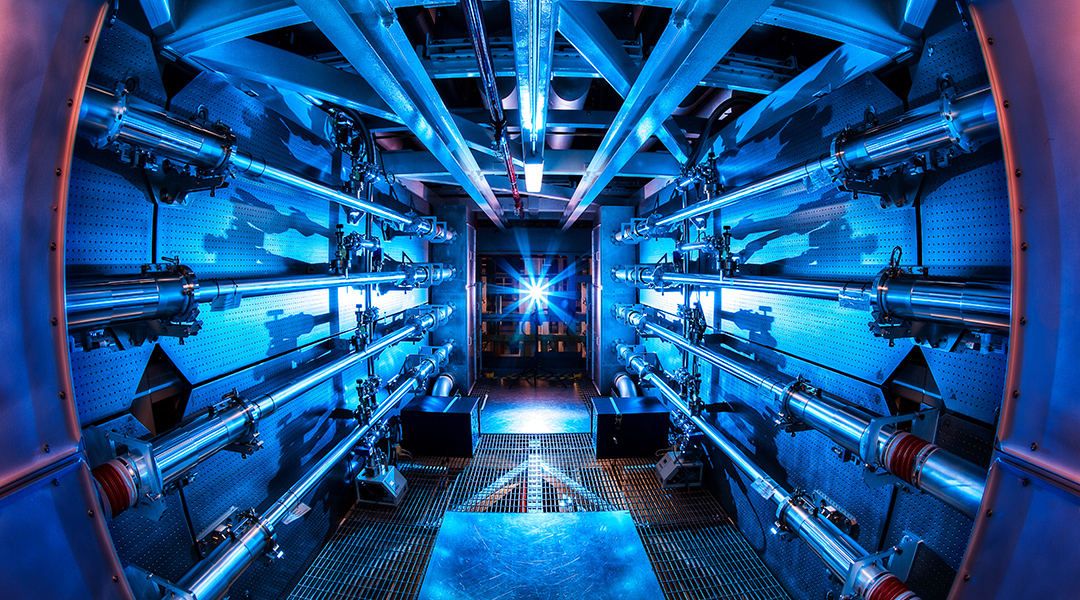
After decades of experimentation, US scientists achieve ignition in a controlled fusion experiment for the first time.

A new battery design not only provides energy,not only provides energy, but facilitates automatic surfacing and diving mechanisms in electronic, underwater equipment.
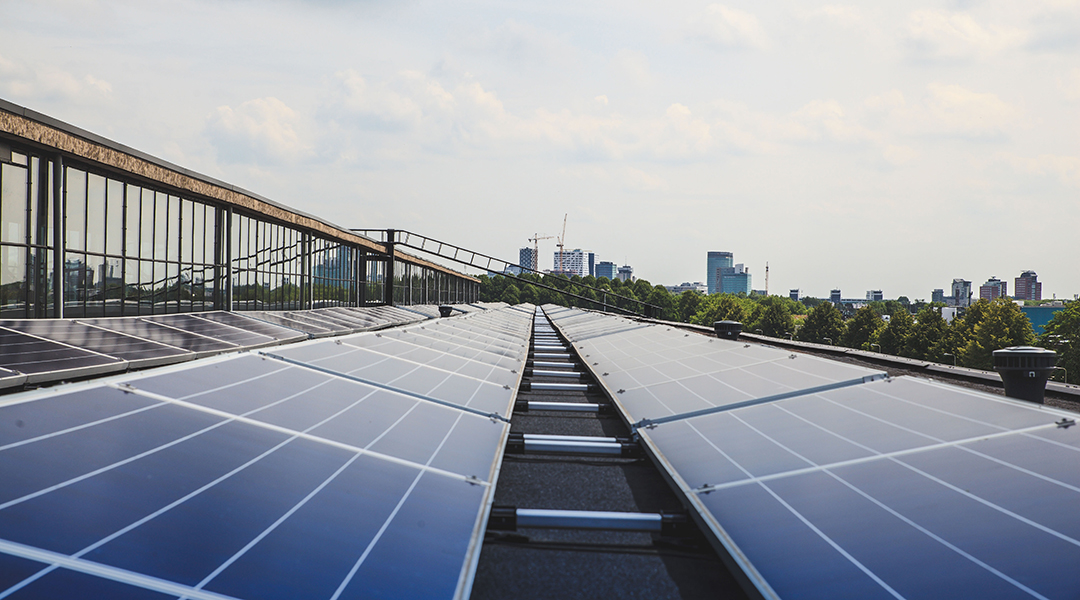
A new manufacturing technique to grow perovskite crystals for high-performance solar cells uses “face masks” to minimize imperfections.

The direct electrolysis of seawater to make hydrogen has been shown in a lab-scale demonstration.
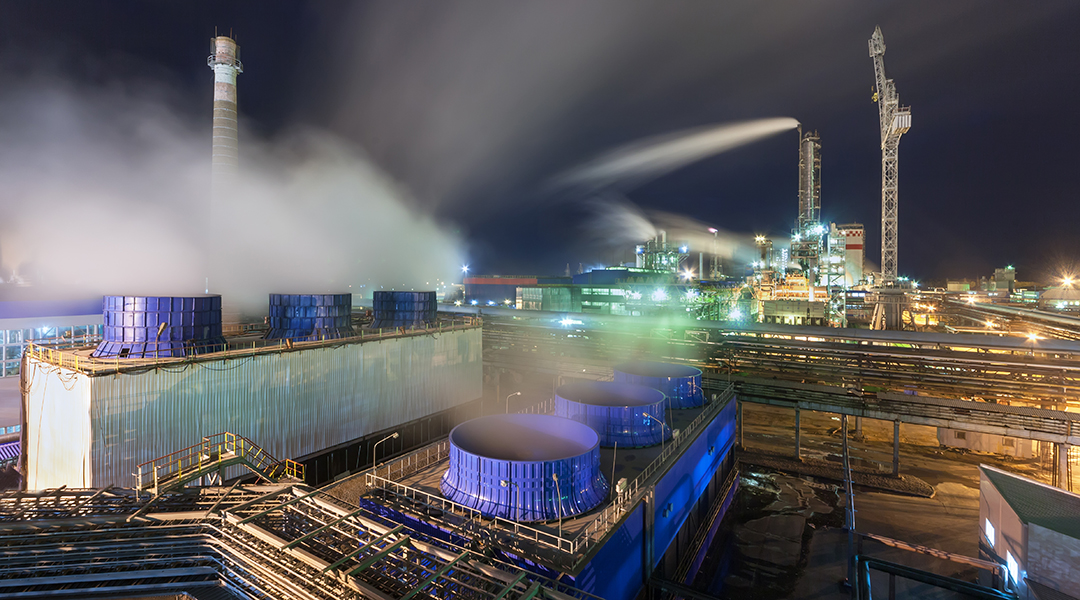
With a fossil fuel–derived climate catastrophe on our doorstep, many see ammonia as a possible alternative fuel source.

With varying climate conditions around the world, where are the most cost-effective locations to deploy direct air capture facilities?
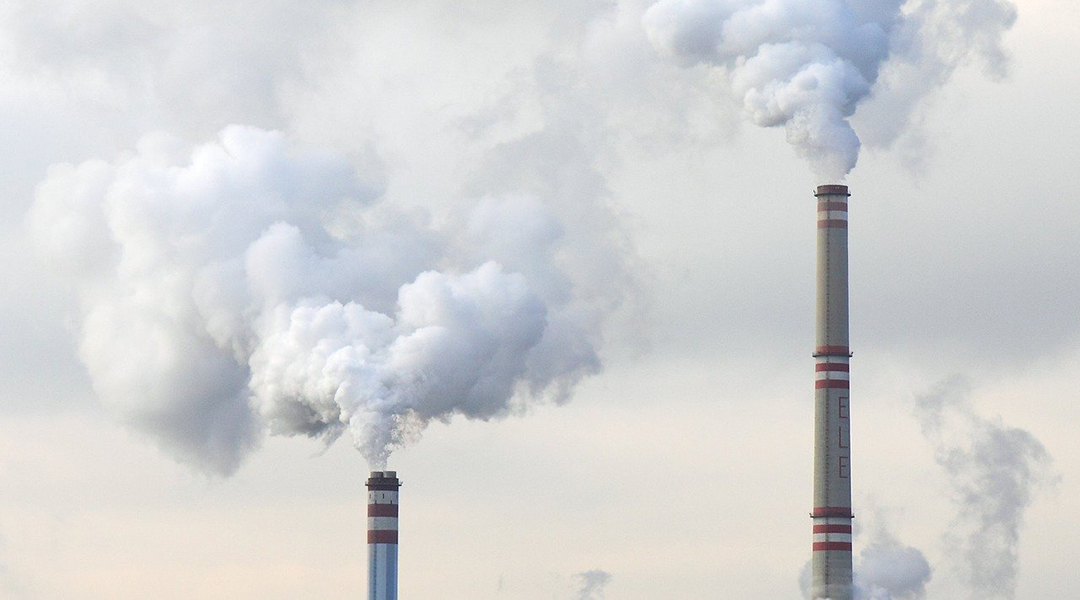
Molten salts are renowned for operating at high temperatures and are ideal as a new generation of carbon capture media.

A new carbon capture technique called supercapacitive swing adsorption separates carbon dioxide from gaseous mixtures in the air and industrial flue gases.